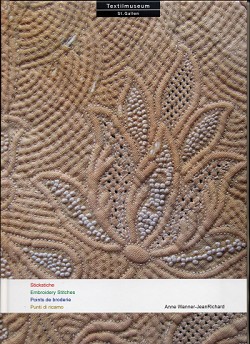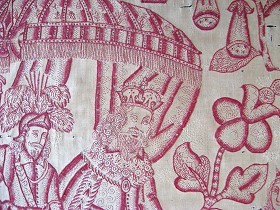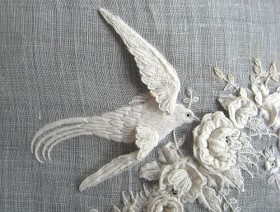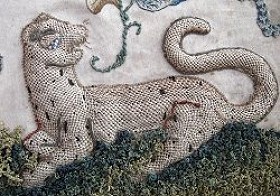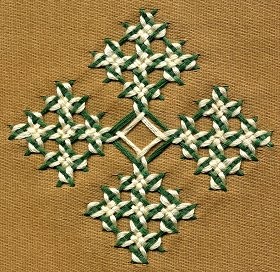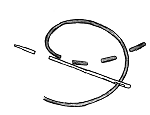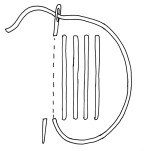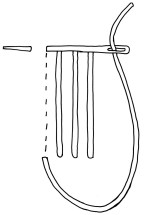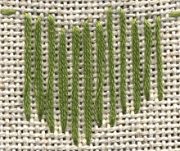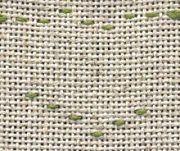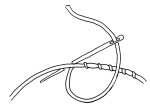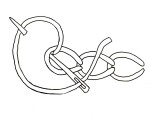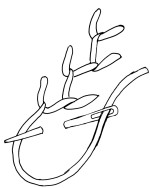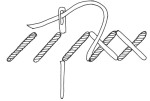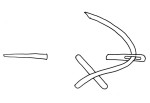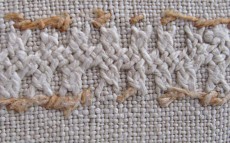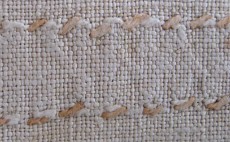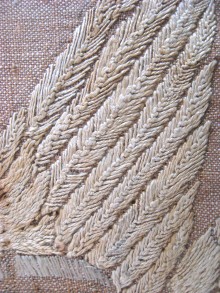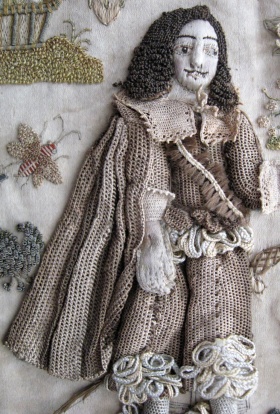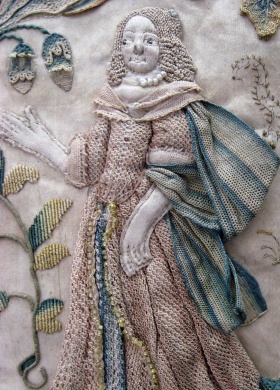|
The 4
booklets of the first edition are now unified to 1 book
of 100 pages,
a description of Cross Stitch in the Canton of
Graubünden, Switzerland is added,
in the annex there is a list of
illustrations and the index of embroidery
stitches in 4 languages
together with keywords and captions also in 4 languages.
Finally a selected bibliography is also
published.
V O R S T I C H , Schrägstich, Winkelstich, Steppstich,
Stielstich
R U N N I N G . S T
I T C H , Slanting Stitch, Paris
Stitch, Back Stitch, Stem Stitch
P O I N T . A V A N
T , point diagonal, point de Paris,
point arrière, point de tige
P U N T O . F I L Z
A , punto diagonale, punto Parigi,
punto indietro, punto erba
P L A T T S T I C H , Flachstich, Spannstich , Klosterstich
S A T I N S T I T C
H , Surface Satin Stitch, Self
Couching
P A S S É . P L A
T , point de plumetis, point de
Boulogne
P U N T O . P I A T
T O , punto pieno, punto lanciato,
punto posato
S C H L I N G S T I
C H , Festonstich, Federstich,
Kettenstich, Knötchenstich
L O O P E D . S T I
T C H , Blanket Stitch, Feather
Stitch, Chain Stitch, Knotted Stitch
P O I N T . D E . F
E S T O N , point d’épine,
point de chaînette, point de nœud
P U N T O . . C A P
P I O , punto festone, punto corallo, punto piuma,
punto catenella, punto nodo
K R E U Z S T I C H und gekreuzte Stiche
C R O S S S T I T C
H and Crossed Stitches
P O I N T . D E . C
R O I X et points croisés
P U N T O . C R O C
E e punti incrociati
|
